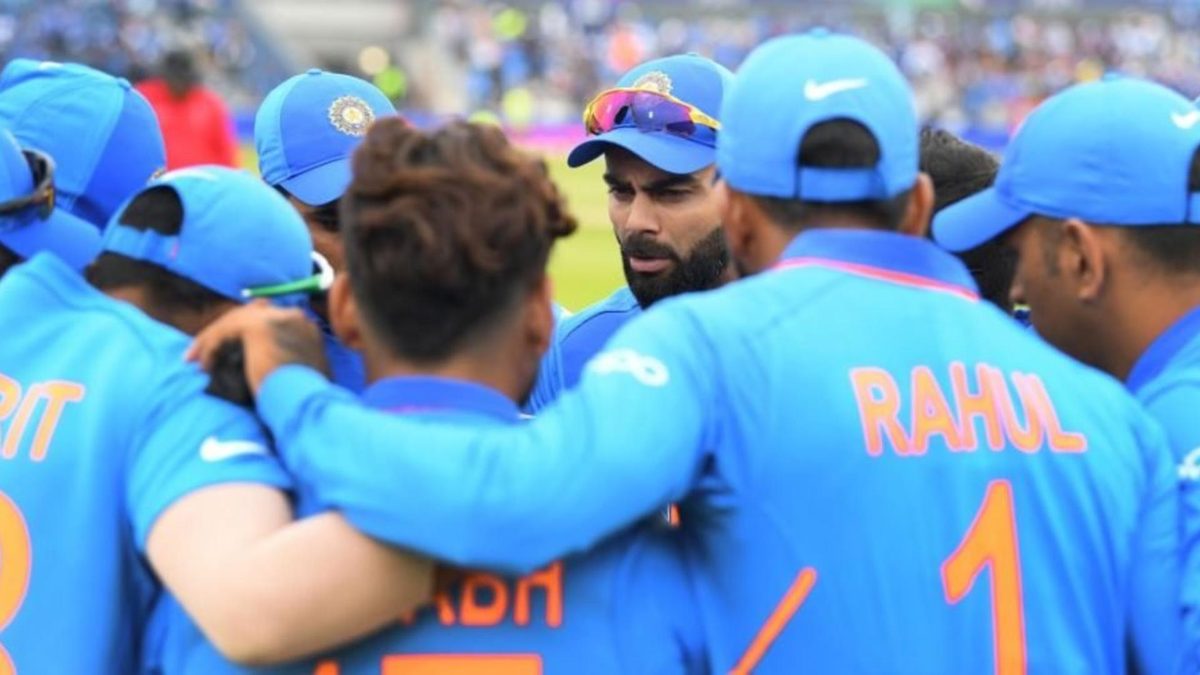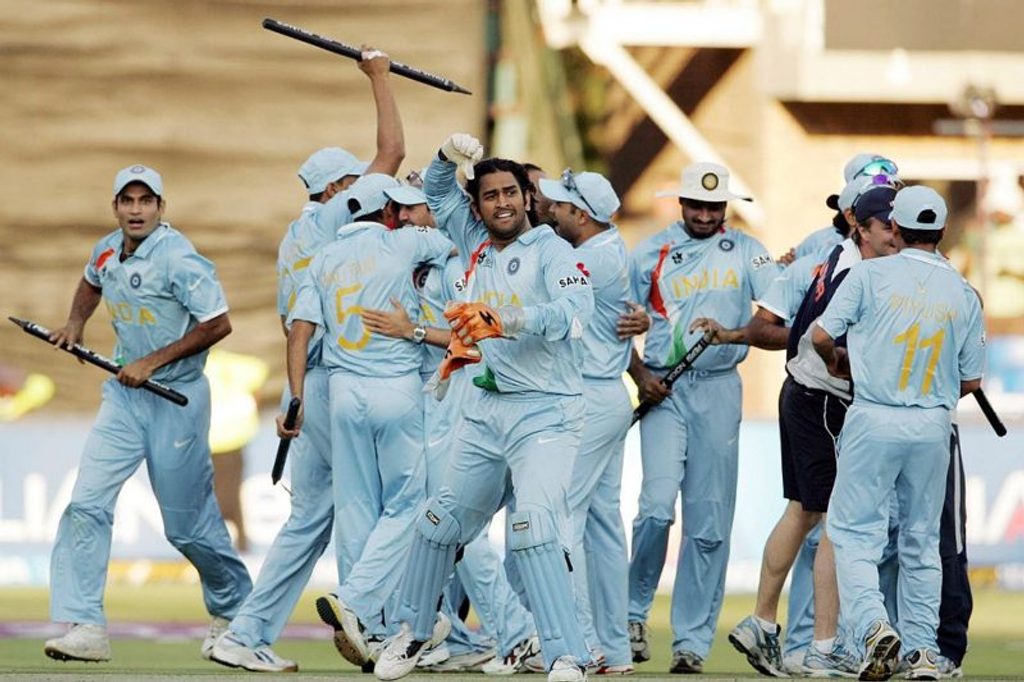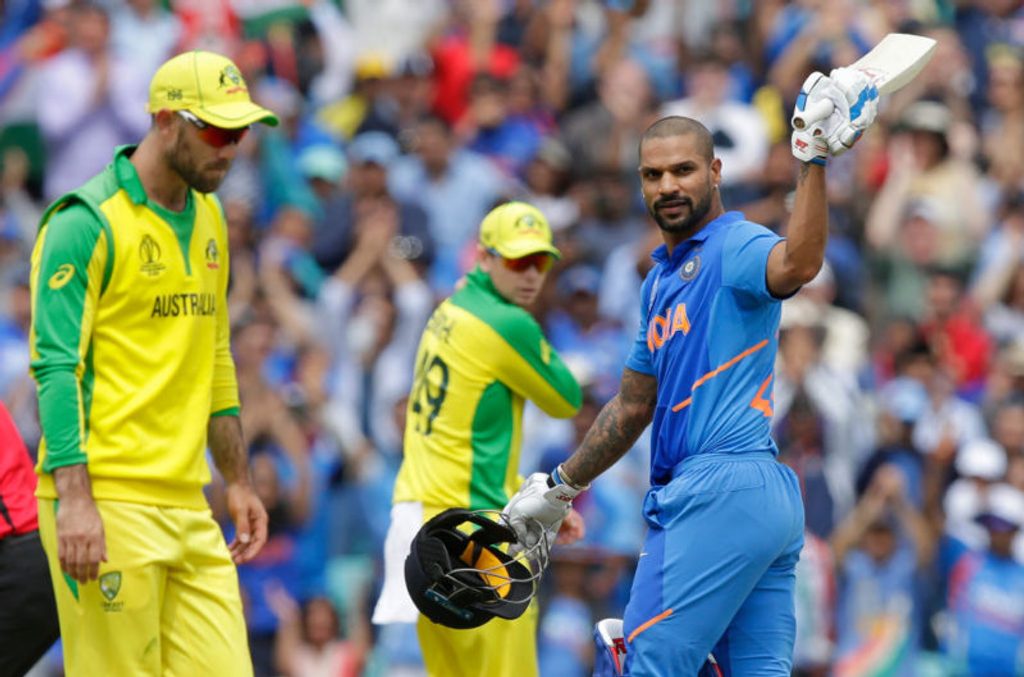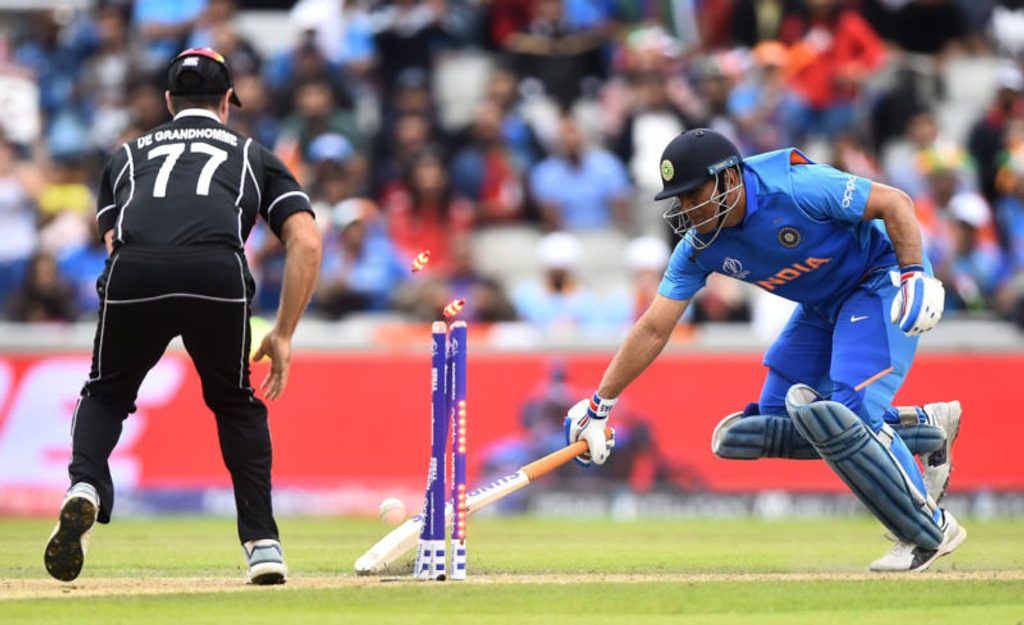
A year removed from the flagship T20I event, India seem loaded with match-winners in all three departments. But can they find, and put up, the best possible combination that can generate results on a consistent basis?
When Sourav Ganguly began his tenure as India captain in 2000-01, his major goal was to make India a better team overseas, and he was successful in doing so during his five-year stint. Now, as he prepares to begin a new innings with Indian cricket, as president of the Board of Control for Cricket in India, Ganguly wants India to ‘win big tournaments’ – something they haven’t achieved since the ICC Champions Trophy triumph in 2013.
That pursuit begins with the T20 World Cup, which takes place from October 18 next year in Australia. It’s a tournament India haven’t had the greatest success in, since lifting the inaugural trophy in South Africa in 2007. They failed miserably in the next three editions, with seven defeats in nine games in the Super Eight stage stalling their progress.
 India won the inaugural edition of the World T20 under MS Dhoni
India won the inaugural edition of the World T20 under MS Dhoni
In 2014 and 2016, they were among the top contenders, with Virat Kohli at the peak of his powers, and spin twins Ravindra Jadeja and R Ashwin relishing subcontinental conditions. However, they failed towards the final stages on both occasions, with a disciplined Sri Lankan bowling performance trumping them in the final in 2014, while in 2016, they were undone by West Indies’ power-hitters, who muscled down a 193-run target in their semi-final clash in Mumbai, and smashed their way into the final.
Fast forward to the present and India are still an extremely strong T20I outfit. Yet, it hasn’t been easy for them to settle on a solid core. They have 14 T20Is lined up over the next four months, to identify their best combination leading up to the World Cup.
While Kohli, Rohit Sharma, Hardik Pandya and Jasprit Bumrah pick themselves, the remaining seven slots seem to be up for grabs. With exactly a year to go, the Indian management has plenty of questions to answer, beginning right at the top. Who could be Rohit Sharma’s long-term opening-partner in T20Is? What is the most suited batting position for the young and dynamic Rishabh Pant? Can India field two-wrist spinners in Australia? Who among Krunal Pandya and Ravindra Jadeja can slot in as the second all-rounder? And most importantly, would India still have a reliable and experienced head down the order if the top order collapses, and a calm head behind the stumps? Would they have MS Dhoni?
Shikhar Dhawan forms one of the most formidable opening pairs in ODI cricket alongside Rohit, but hasn’t been able to replicate that success in the shortest format. KL Rahul, who averages 42.81 and strikes at 148.11 after 25 innings, presents tough competition to Dhawan, who has returns of 27.71 and 129.87 respectively. However, the left-hander’s overall experience and record in Australia can’t be overlooked, where his average and strike-rate shoots up to 38 and 168.14 respectively. During India’s tour of the country earlier this year, Dhawan registered scores of 76 off 42 balls and 41 off 22 balls. He was also the only batsman to aggregate over 100 runs in the three-match series.
 Shikhar Dhawan hasn’t been the same force in T20Is as he has been in ODIs
Shikhar Dhawan hasn’t been the same force in T20Is as he has been in ODIs
Dhawan had started out as the first-choice opening partner for Rohit in 2014 and 2016, but was replaced by Ajinkya Rahane in the knockouts of both editions, after having registered a string of low scores in the earlier stages. However, if he does cement his opening slot, it wouldn’t eliminate the probability of Rahul making the XI, as both his T20I hundreds have come while batting at Nos.3 and 4 respectively.
If Rahul does take up a middle-order position, it leaves two slots up for grabs, with some quality players waiting in the line. Shreyas Iyer’s T20I numbers don’t make for the best reading, but his ability to anchor the innings and clean ball-striking make him reliable. Manish Pandey has played some match-winning innings in his short international career so far, and has time and again shown his skills as a finisher in IPL and other domestic leagues.
Suresh Raina, India’s first-ever century-maker in the format, seems out of contention, having played his last game in July 2018. Dinesh Karthik, who was drafted into the initial 50-over World Cup squad as a second-choice wicket-keeper, wasn’t considered for the West Indies tour and the home series against South Africa, despite having played some memorable cameos since returning to the T20I side – most notably the unbeaten eight-ball 29* in last year’s Nidahas Trophy final, where he sealed the deal with a last-ball six. Would India be tempted to turn back to their old and experienced duo, or would they be better-served in using the upcoming games to let youngsters such as Iyer, Pandey and Rishabh Pant settle down?
Pant, especially, makes for an intriguing case. Though team management seems bent on grooming him to be a long-term choice for India’s wicket-keeper, his disappointing shot selection has left them running thin on patience. It further reinforces the value of a cool and experienced head in Dhoni, but the former captain’s own finishing skills have for long been under the scanner, most recently during the World Cup in England.
 MS Dhoni’s finishing skills raised eyebrows at the World Cup
MS Dhoni’s finishing skills raised eyebrows at the World Cup
In their most recent T20I, India struggled to put up a decent score after opting to bat first. In a quest to up the scoring rate, India slipped from 63-1 in the eighth over to eventually finish on 134-9. It raises concerns with regard to the manner in which they pace their innings. India have traditionally believed in running hard to convert the ones into twos, and the twos into threes, but as West Indies showed in that 2016 World T20 semi-final, that approach isn’t tenable, and there is genuine value to be had in stocking up a T20 side with big-hitters.
India certainly have great depth in the batting, which is bolstered by the Pandya brothers and Jadeja. The latter is probably in one of the best phases of his international career, contributing in every aspect across formats.
Jasprit Bumrah has established himself not only as the leader of the pace attack, but also as one of the world’s leading fast bowlers in no time. Bhuvneshwar Kumar and Mohammed Shami loom as second seamers, while Khaleel Ahmed, Navdeep Saini and Deepak Chahar could all be potentially competing to complete the support cast. Chahar brings consistency with the new ball and accuracy at the death, while Saini possesses raw pace.
This is the era of the wrist-spinner, and India are blessed with two of the best in the world in Kuldeep Yadav and Yuzvendra Chahal. Both haven’t been a part of the last two T20I series, but are proven match-winners. They will also be aided by the relatively larger ground dimensions in Australia.
With so many reputed names, India certainly have the firepower. It’s now a matter of putting the parts together and assembling them in the best possible manner.








